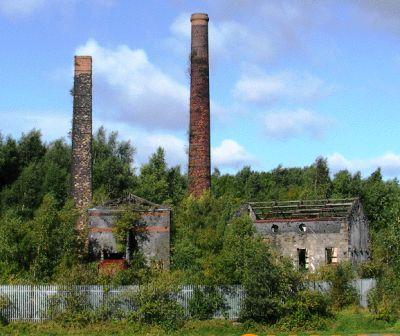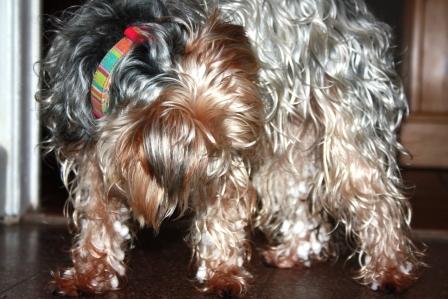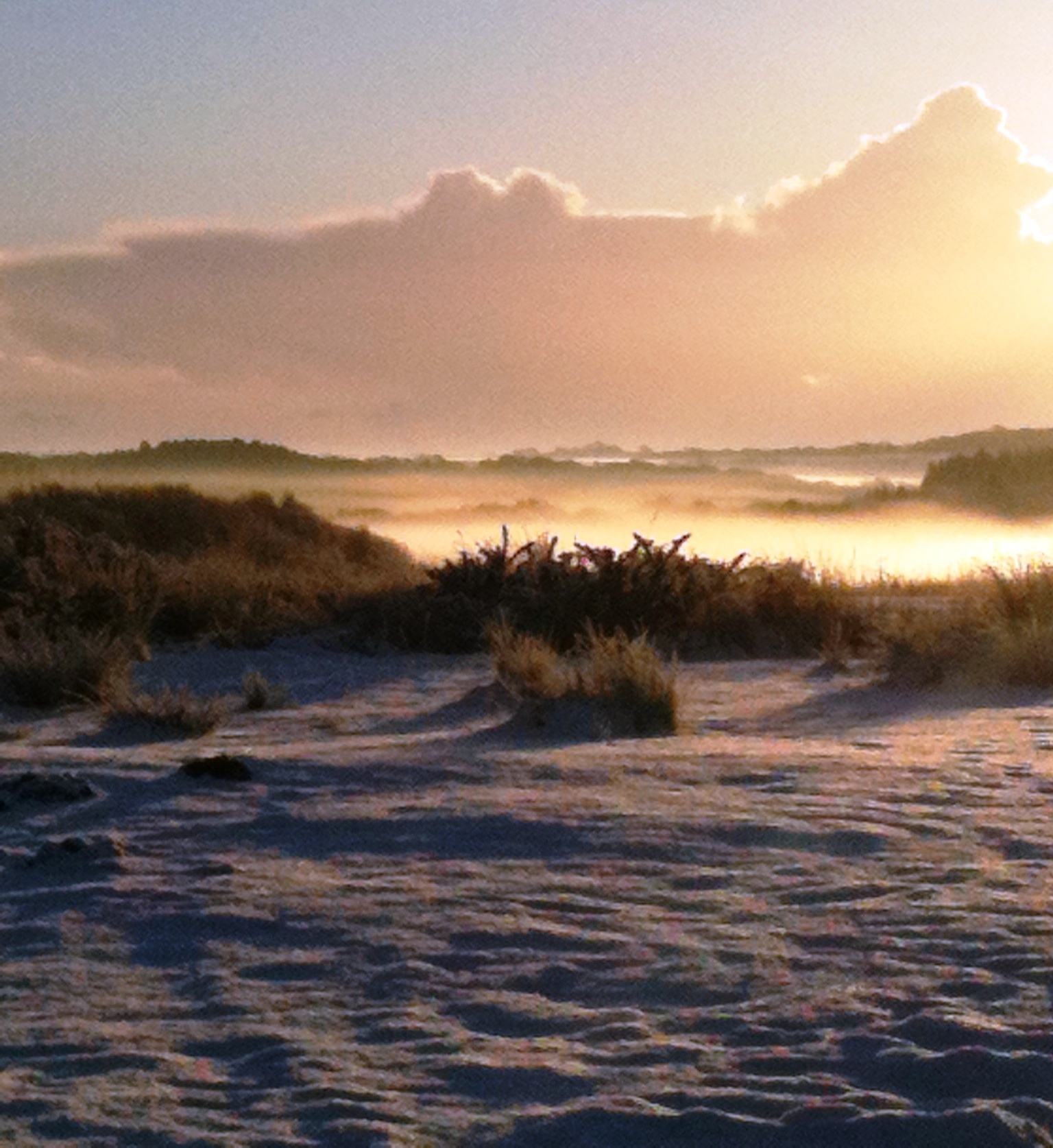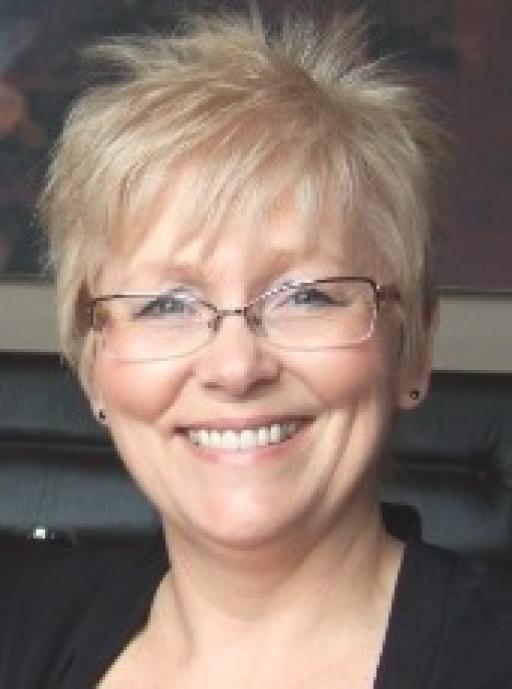
Recently Rated:
Stats
Firstly, .............. Congratulations to the Americymru team for all their hard toil in keeping this website alive and kicking, what a treasure you have created for Welsh people everywhere to share .... 3 cheers ... Oggi, oggi, oggi!
Ar Dydd Gwyl Dewi Sant I shout about patriotism
"Wales is clearly a distinct society within the United Kingdom" ~ Jeannine Farhi
On St David's Day 1990 my daughter had her picture taken in school to celebrate the event ... this is happening NOW in schools across Wales. Little ones are being photographed in Welsh National Costume and are being reminded of their Welsh heritage and I hope the whole of the school day is being devoted to this necessary activity.
My daughter happened to be born in St John's Hospital Chelmsford in Essex because at that time I was working as a Lecturer at Braintree College. By the time she was two-and-half years old we returned to Wales because I felt very strongly that she should have the opportunity to develop strong bonds with her Welsh family, and she should learn to speak Welsh.
It was an easy decision when she reached three years old, to send her to the local Welsh Nursery despite the fact she hadn't heard Welsh spoken (apart from brief visits back to Mamgu in Ystradgynlais, while on holiday) . When the opportunity arrived for her to attend full-time education at the age of three-and-a-half years old she automatically entered the Welsh School. It was amusing to hear her speak English with an Essex accent, imagine my joy and amusement then when she began to sing Welsh traditional children's songs like 'Ar Lan Y Mor' , ' Gee geffyl bach ', 'Me welais Jac a do', 'Un bys, dau fys, tri bys yn dawnsio' !
Young children are capable of incredible feats of learning if all the right factors are in place: most prominent of all is the loving encouragement of the family. At the end of the first term in the Welsh School at Rhydaman she had acquired not only the ability to speak Welsh fluently but to read, comprehend and write fluently too! Thanks to Mrs Adams athrawes dosbarth y babanod, wife of the local vet, who patiently took charge of Cerys' Welsh language education. She loved you SO much!
Mission successful!
I have many interesting Welsh flavoured videos to recommend to you today, to celebrate Dydd Gwyl Dewi Sant.
~~This piece was extracted from a project supported by five major academic and heritage organisations in Wales~~
It is being celebrated in Swansea, on 5th March designated Copper Day .
You can follow progress on Twitter @copperhistories
thanks to Ian Mabbet, EngD Research Engineer at Swansea University
A Brief History
Why should we care about the history of Welsh copper?
Imagine your world without the telephone, coins and cars. Look around you. Copper is everywhere. It brings us hot running water. It brings us information to our fingertips, instantly. But how did our relationship with this enigmatic metal develop, and where has it brought us? If it wasnt for the innovations and industry in copper that took place from the 17 th to 19 th centuries, many of which happened in Wales, the world today would be a very different place. It was arguably the first fully integrated global industry and its study will therefore will help us better understand our relationship with the finite resources we rely on today.
How long has Wales been producing copper?
Wales has a long history of copper production. Over 4000 years ago, miners in Wales began to exploit copper ores (in the form of chalcopyritecopper iron sulphide) from deep open casts at sites in central and northern Wales such as Parys Mountain in Anglesey. Innovations that took place in prehistory defined the Bronze Age as early metalworkers learned to smelt copper with tin to make a much stronger and versatile alloy. This alloy allowed smiths to make a wider range of tools, for example axe heads of varying shapes and sizes, many of which we discover through archaeology. The copper resources Wales was able to provide from the Bronze Age through to the Roman period were exported far and wide, although we do not often know how far. The slow developments that took place before the Industrial Revolution were the foundations of Wales first integrated global industry, and arguably, propelled Wales into becoming the worlds first industrialised nation by 1851.*
Photograph of the heritage site in Landore, Swansea. The photo is displayed on the advertising posters.
When did copper become such big business in Wales?
Parallel developments in several industries led to Welsh copper being put on the map and its trade taking off on a global scale. New technologies such as the introduction of the reverberatory furnace, which could produce refined copper in quantities that were commercially profitable, in addition to the deregulation of metal mining by the Crown (towards the end of the 17 th century) led to increased prospection and the reopening of the old copper mines in north and central Wales. The Anglesey mines on Parys Mountain from the 1760 were to become the largest copper ore producers in the world in the late 18 th century. The world-famous Cornish and west Devonian tin mines were also accompanied by large-scale copper production, and this drove much of the early growth in the industry they were early adopters of steam-driven technology (beam engines) to gain access to a massive wealth of metal ore miles underground. Some of these Cornish mining magnates, such as the Vivians, became the famous copper families of Wales as they invested in, and established, smelting works in Neath and Swansea.
Neath, Swansea, Llanelli and other urban centres all had access to sea-going coastal and international trade routes, as well as access to the all-important coalfields in the valleys to the north, and so they proved to be the most strategically important centres for copper smelting from the 18 th to the early 20 th centuries as. Towns like Swansea were also well-placed to profit from the large-scale export of coal abroad. Between 1760 and 1890 the Lower Swansea and Neath valleys became the pre-eminent centres for producing the world's smelted copper, and during the late-18 th century up to 40 per cent of this output was exported to overseas markets, notably in Asia and the Atlantic world. In turn, the growing demand for copper encouraged prospecting overseas and by the mid-19 th century new ores were being brought to Wales from as far away as Chile, Cuba and South Australia.
What impact did the copper industry have on Wales and the rest of the world?
The trade in ores and refined copper grew hand-in-hand with other British maritime commerce. Swansea copper barques circled the globe to bring ore from Valparaiso, Santiago de Cuba, and Adelaide. Refined copper also formed an important part of the East India Companys international trade. Swansea sailors were known as Cape Horners in recognition of their long voyages around Cape Horn (the most southerly point of South America). But there was a darker side to the success of this global commerce. Demand for copper also fuelled the Atlantic Slave Trade. Slave labour was employed in New World mines, particularly in Cuba, many of which were financed by Welsh industrialists who demanded cheaper ores for import to the smelting works in Wales. The canal and rail network connected producers, manufacturers and consumers like never before, multiplying the opportunities for entrepreneurship and profiteering. Copper-bottomed ships gave the British navy the ultimate advantage at Trafalgar as the sheet metal made them more manoeuvrable and protected the timbers of the hull from deterioration. The early days of telegraph communication relied on copper wire for long-distance contact (and we still largely rely on it today).
The refined copper was essential to other industries such as tinplating (which also took place in South Wales, centred at Llanelli), and even its by-products were used, such as sulphuric acid for removing impurities and corrosion from steel, copper and other metal sheets (known as pickling). The copper slag that was produced after smelting formed useful building materials as it was dense and hard. You can see this dark, hard stone in many of the walls and houses in and around Swansea, for example. It was not just industrial products that benefited from this copper. Mass production techniques which were developing elsewhere in Britain revolutionised consumer products and drove more demand for materials. Two such centres were Birmingham and Sheffield which produced items such as moulded copper saucepans, ormolu ornaments, brass buttons and silver plated cutlery. This made desirable possessions available to a much wider variety of people, particularly the growing middle classes of the Industrial Revolution period. These finished products were also exported to Japan, Italy, France and beyond. Welsh copper could also be found in much of the coinage of the day, particularly that produced at Birminghams Soho Mint.
This gradual globalising of the Welsh copper industry had a very profound impact upon the social, cultural, and urban development of South Wales. Swansea was the crucible of this industrial development and it enjoyed a pre-eminent status as a world industrial centreit is still referred to as Copperopolis today. The Lower Swansea valley area has been described by one historian as hosting the most highly concentrated major British industry in the eighteenth and nineteenth centuries, and it is arguably as significant as Coalbrookdale in the history of British economic development. The wealth that was created from copperworking made a big contribution to the cultural heritage of Wales, particularly in the urban centres. Planned workers housing, provided by copper magnates to their workers is still lived in today. Singleton Abbey, built in the Victorian Gothic style, and the founding building of Swansea University in 1920, was originally built as a mansion for well-known copper magnate John Henry Vivian. The Glynn Vivian Art Gallery in Swansea city centre was founded by Johns fourth son, Richard Glynn Vivian in 1911 after he bequeathed his extensive collection of fine and decorative arts to the city.
When did copperworking fade from the landscape?
As new coal sources were discovered overseas, particularly in North America, new smelting centres were set up nearer to the sources of copper in being produced in South America and Australia. The quantities of ore coming into Wales for processing began to decline from the last decades of the 19 th century. Much of the expertise and skilled work needed for this caused a wave of migration from Wales to Australia and the USA. Unlike other industries, the decline in smelting activity was gradual. The last copper smelting company in Wales, Yorkshire Imperial Metals, finally closed its doors at the Hafod Copperworks site in 1981, but the heritage of the metallurgical industries still remains in South Wales, most notably at Port Talbots steelworks, now owned by the Indian multinational, Tata Steel.
However, much before this time, communities who lived near copperworking began to realise the devastation that the industry had caused to the environment and landscape. The industrial health hazards associated with smelting prompted a string of litigation against owners from the latter half of the 19 th century onwards, and by the end of the Second World War, very few people cared about the once great status enjoyed by copper-producing areas. In Swansea, this led to a campaign of reclamation (the Lower Swansea Valley Project) which began in 1961. The moonscape left by the smelting processes was slowly greened. Today you can see conifer plantations and lush green grass covering the once parched hills and river banks. The river is home to fish and aquatic species again, and is no longer the orange slick it once was. Ironically, amongst all this foliage, a few remains of the old copperworkings in the city can just be seen and are in danger of collapse, and so there is renewed interest in the history of the industry and the impact it had on Wales and the rest of the world.
*The United Nations determines the status of industrial nations by comparing the numbers of people who work in industry (such as mining, processing, manufacturing and transportation) with those who work in agriculture. When the numbers in industry outweigh those in agriculture, a nation can be defined as industrialised. The 1851 census suggests that this happened in Wales before anywhere else
Read all about 'Copperopolis' Hafod, Landore, Swansea our heritage in copper smelting and exporting, from an interactive source on the CCS website.
Friday 17th December saw our first downfall of the white fluffy stuff!
It fell over-night and covered the landscape to a depth of about 3". The dogs thought it was absolutely great and tore about the garden stopping for a moment to roll in it! They seemed to have difficulty trying to find their usual toileting spot and took ages to 'do the business', or perhaps it was deliberate delaying tactics on their behalf because they were having so much fun. I was freezing all the while and wanted to get back inside in order to light the log burner!
So, this morning 18th December more snow had fallen overnight and this time it was a more substantial dump - approx 6", I say approximately because my measurement is inaccurate: it relates to how high it reached against the bodies of the Yorkies who are 2-hands-high.
Caro examines her snowy legs and decides the best course of action is to eat the snow!
Little balls of snow had stuck all through her long hair and you can probably tell she got very wet in the process.
The other two dogs Rhia, Caro's sibling, and Pepsi the old lady of the pack, were also covered in these little balls of snow. Their tactic for removing them was different: they raced around the house shaking themselves furiously .. it didn't help to remove the snow but by the time they had finished shaking, rolling and spinning, the snow had actually melted. This of course is why I cannot show you pictures of them, they just refused to stay in one spot long enough for me to take the shot!
Slight panick this morning
My OH was travelling back from a business trip late last night and his ETA at Swansea train station was just after 02:00 am in the early hours of the morning. You can probably see where I'm heading with this - did he make it home considering the weather conditions he had to face overnight? Well eventually he did - at 04:00 am.
The train arrived on time and he collected the car from the long-stay carpark however getting from the station to Gower was an absolute nightmare. He related the story to me this morning. Driving through the centre of Swansea along the Kingsway he was amazed at how many young people were milling around having exited the night clubs around about that time. He was aghast at the minimal clothing worn by some of the young women and the fact that they were wearing strappy 4" stilettoe heeled sandals.
The problem soon became apparent. There were no taxis running out of Swansea because of the dreadful road conditions. Sensible approach when you think about it, and it's a shame the young night-clubbers weren't as sensible about venturing out on such an arctic night.
My OH is a kind and generous type of guy but I'm SO glad he took the decision he did, not to stop to pick up these drunken abusive people who tried to stop the vehicle by standing in front of it and hurling abuse.
He managed to traverse the icy, snow-covered main road across town and on to Fairwood however with a 'dingly-dell' to get through and a 'not insubstantial hill' to climb he decided to park up in a lay-by and walk the rest of the way home. He arrived home some time just after 04:00 am.
These are photographs I took at 07:00 hrs this morning on waking and taking the dogs our for their first toileting stop:
WINTER WONDERLAND
EARLY MORNING SUNLIGHT BRAKING ON THE FARM TRACK - OH'S FOOTRPINTS IN SNOW
WHEN I SAW THE ROAD LEADING TO OUR FARM TRACK I REALISED OH HAD NOT DRIVEN HOME, OR TAKEN A TAXI HE HAD WALKED HOME!
MIST AND SNOW ON MOORLAND OUTSIDE THE FARMHOUSE.
I took these photo's with my iPhone so they aren't the best quality photos but too good not to share with you.
It's a beautifully sunny day now so I expect we will attempt to take the three Yorkies to the beach a little later for a full blown blast to get rid of some of their energy: otherwise we'll have to endure their antics indoors while they expend some of it by racing from room to room chasing each other! Wish us luck either way!



She's one of my favourite children's authors. I was first introduced to her when my own daughter was absolutely bewitched by her books. She would sit and read without pause for food or drink, until the book was finished ... you could say she was totally obsessed with J K Rowling and her Harry Potter stories.
My involvement in teaching IT to Primary School children in an After School Club gave me the perfect opportunity to delve into the world of Harry Potter too. I used the online chat room and gaming website, produced for fans of HP by WarnerBros, to teach my students how to used IT skills safely. My students loved the experience of playing Quiddich online and chatting to other school children in the States, who were equally involved with the Harry Potter phenomenon.
Did you know JK's formative years were spent in Wales, so I'm inclined to call her a 'Cymraes', .... anyone know if she learned to speak Welsh?
I took a quick look at her Social Media presence but it's rather disappointing on Twitter @jk_rowling ... nothing happening there at all!
N.B. I am taking someone, who is probably the only-living-soul-on-the-planet who hasn't read one of her books or watched one of her films, to the cinema in 2 hrs time to see the new film called "Harry Potter and the Deathly Hollows".
Excitement mounts ....... for me anyway!
It will be a defining moment in Welsh history when Wales has control of it's own coffers. Too much money intended for Wales has been diverted to English projects. This happens with regularity. A Welsh Parliament will take better care of the needs of the Welsh population.

Tom Bodden reports that the Welsh Assembly Members gave unanimous cross-party support on the 9th November to plans for a referendum on extended law-making powers for the Welsh Assembly.
The Senedd vote achieved the two-thirds majority required to approve the arrangements for the ballot, which must now be agreed in the Commons and by Peers.
First Minister Carwyn Jones said: Todays vote is a major step towards making the referendum a reality and fulfilling our One Wales pledge to proceed to a referendum as soon as practicable.
Deputy first minister Ieuan Wyn Jones said: Our system of governance is still too complicated and cumbersome.
If there is a yes vote in the referendum we will move towards a clearer and simpler and more effective legislative system.
Earlier, rural affairs minister Elin Jones said a successful yes campaign would mean the National Assembly would become the Welsh Parliament.
What we have after a yes vote will be a legislative parliament or senedd. Whether the Assembly decides to call itself a parliament or senedd is a matter for AMs.
The draft referendum order is required to set the March 3 date, the question and the rules for the conduct of the referendum.
The question will be: Do you want the Assembly now to be able to make laws on all matters in the 20 subject areas it has powers for?
The final stage in the process is the approval by the Queen in Council, expected in mid December.
Organisations or individuals which intend to spend 10,000 or more on campaigning on the Welsh referendum must register with the Electoral Commission, which will designate the official campaigns.
Plaid Cymrus deputy leader Helen Mary Jones said: This is a defining moment in Welsh politics.
The people of Wales deserve to have a parliament that will stand up for them against the sort of savage cuts we have seen from the Westminster government.
The present system of seeking approval from Westminster to legislate was complex and costly.
Counsel general John Griffiths said seeking the legislative competence orders via the UK Parliament process cost 2m in 2008-09.
Conservative leader of the Opposition Nick Bourne said: Its important that we are all united behind the campaign to ensure we get that yes vote we all need.
Kirsty Williams Welsh Lib Dem leader said: I am proud to be part of a party that is delivering its 100 year old commitment to devolve real power from Westminster to the Welsh people.
As reported by Tom Bodden, The Daily Post
You can read more about Devolution views here - Devolution Matters by Alan Trench
Here you can watch Wales Online TV interview with Sir Emyr Jones-Parry, Chair of the All-Wales Convention. He outlines the issues with clarity and makes it easy for people to understand these crucial issues. He heads the A-WC which in conjunction with other organisations is involved in disseminating the information that is needed for people in Wales to make an intelligent and informed judgement.
Devolution Referendum interview with Sir Emyr Jones-Parry. This file attachment is in mp4 format. I will post the video in My Video section of Americymru, along with an interesting look at the wonderful building - it's a day in the life of the building actually.

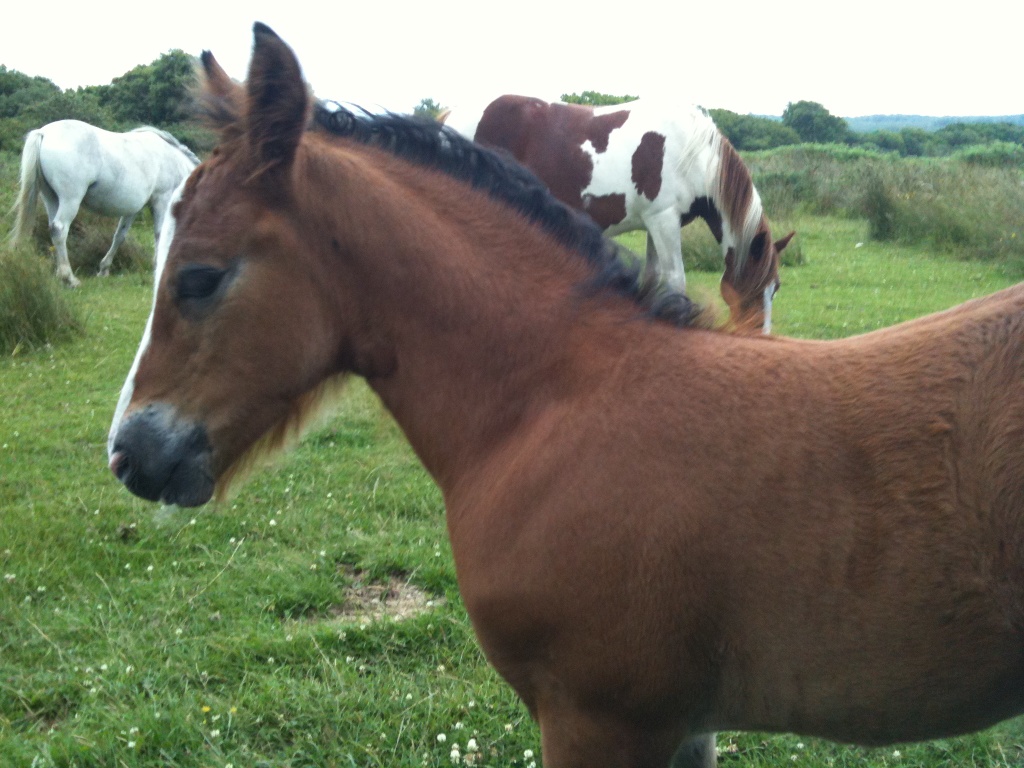
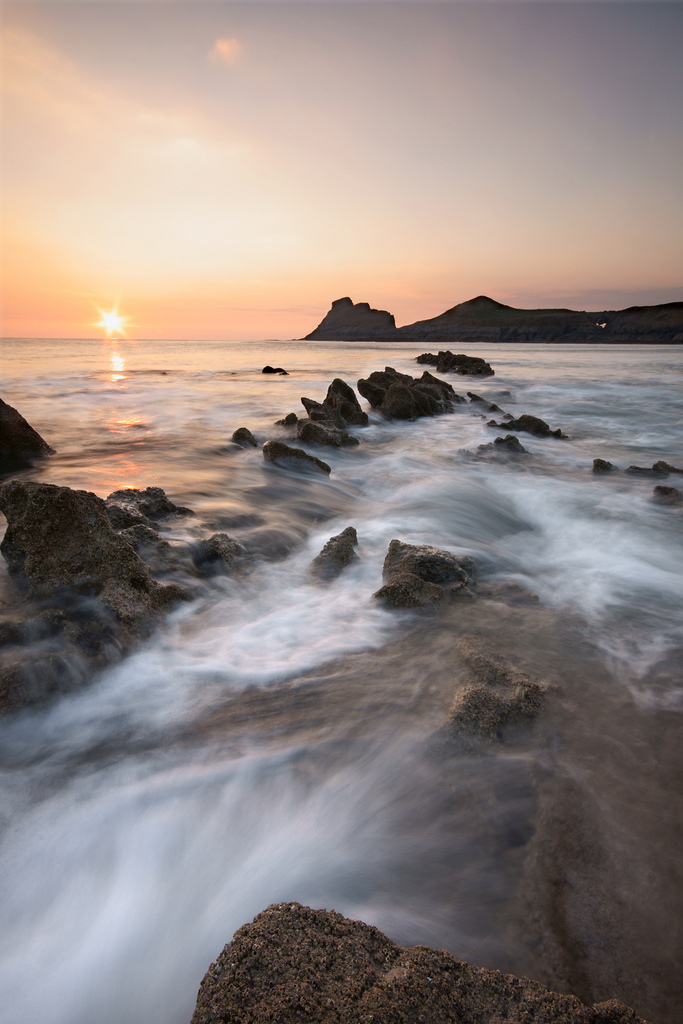
If you would prefer to view it in a separate browser window click here. Then click back in the browser to return to read on.
Peninsular Business Services Ltd (that's me) sponsor and organiser of the competition collaborated with The Bay Bistro Coffee House Rhossili where Alan Gregg's photograph will hang for all to see. Alan and his wife will enjoy dinner here as part of his prize.
The Bay Bistro is a favourite of visitors to Gower who pilgrimage to The Worm's Head to take in it's power and beauty. I imagine ten's of thousands of photographs exist of this phenomenon, how many are equal to Alan's shot, not that many methinks.
So today 29th October we met at the bistro to award Alan his Certificate of Achievement and it was kindly presented by His Worshipful The Lord Mayor of Swansea, Cllr Richard Lewis. The South Wales Evening Post newspaper covered the event.
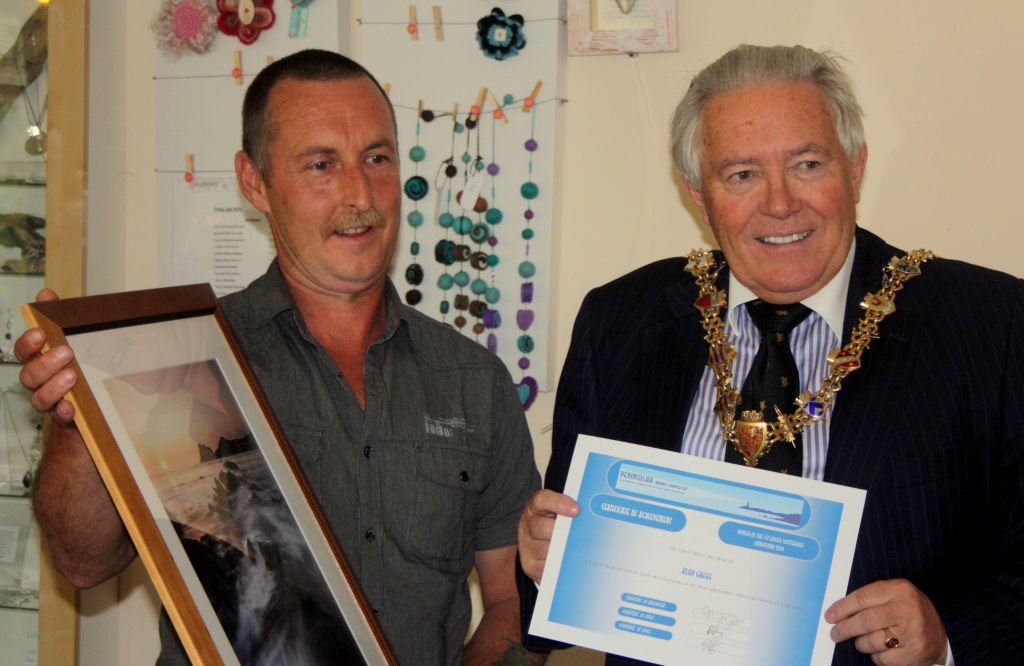
Please comment and share your views on this winning photograph. I will pass on all your kind wishes to Alan and prompt him to set up a profile here on Americymru so that you can view future images from his portfolio.
Many thanks to Americymru (Ceri Shaw) for partnering with Peninsular Business Services (me - aka @LadyBizBiz on Twitter) for this great event.
There - all done for this year - now I'm off to begin considering which establishment might partner with me for next years event - somewhere in Mumbles perhaps, or Cheriton, or Stembridge, or Port Eynon ..... or ......




